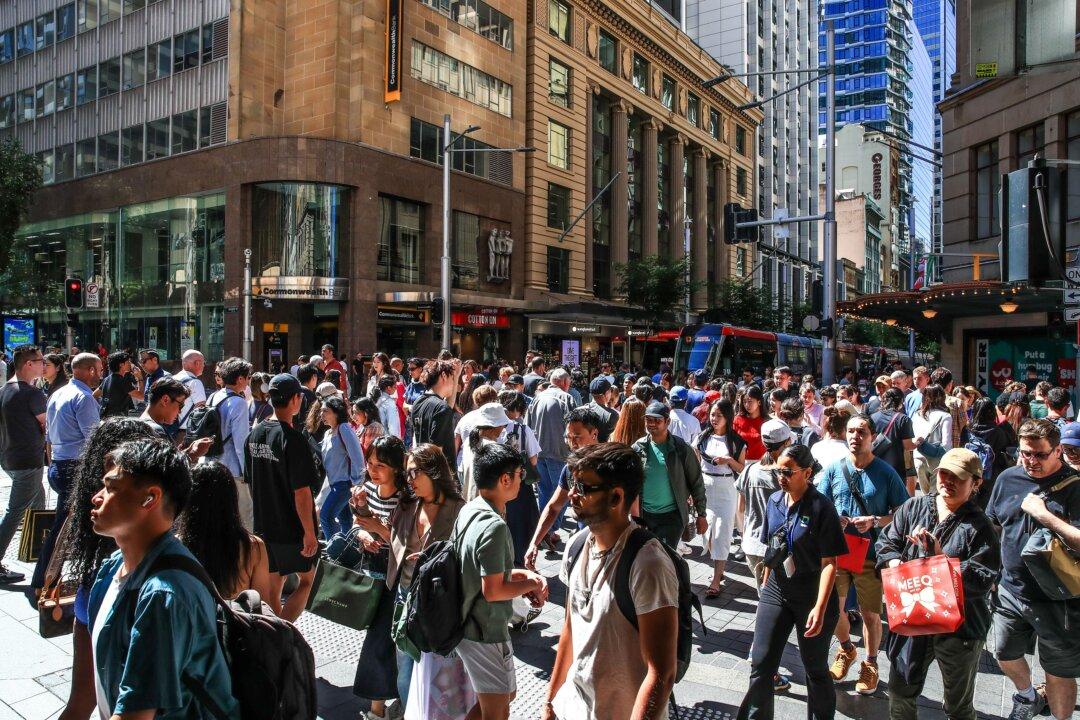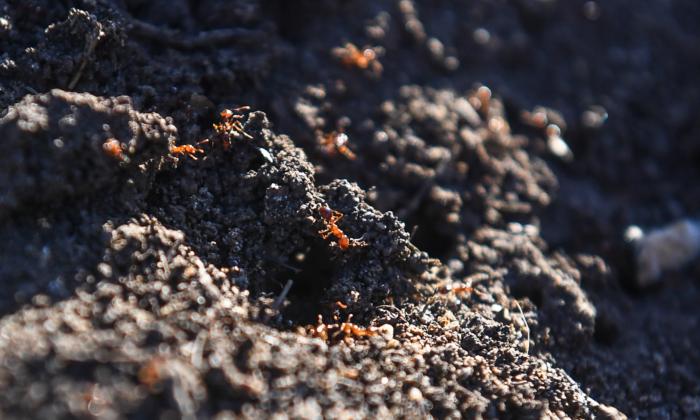With bubbling coronavirus cases going alongside lockdown easing in the southeast of the country, WA Premier Mark McGowan has added an extra condition of entry for approved travellers from those areas.
His government will introduce a full COVID-19 vaccination policy for travellers arriving from medium, high, and extreme risk jurisdictions from Friday.
Victoria and New South Wales are currently deemed “extreme” risk, while the ACT is “medium” risk.
The policy will be extended to “low” risk states and territories from Nov. 15, although none currently fall within that classification.
A “very low” risk rating is in place for Queensland, Tasmania, South Australia, and the Northern Territory.
Children under the age of 12 and those with a recognised medical condition will be exempt from the double-jab rule.
McGowan said the new travel requirement would better protect WA after Victoria, NSW, and the ACT collectively reported 1,600 new local COVID-19 cases on Saturday.
“Our border controls have worked and have kept us safe but won’t be here forever,” he said in a statement.
“As we get our vaccination rate up, we need to remain cautious and vigilant, and take every precaution.”
McGowan has previously refused to reveal when WA will abandon border closures as other states and territories cement their plans.
He has promised to provide further clarity once WA’s full vaccination rate exceeds 80 percent.
Some data analysts predict that may not occur until early December, with 62.6 percent of the state’s 16-plus population currently having received both doses.
Australia is expected to next week eclipse the 80 percent double-dose milestone, a key pillar in the national reopening plan.
The latest federal health department figures show 76.8 percent of Australians 16 and over are now fully vaccinated and 88.1 percent have had at least their first dose.
Reaching the 80 percent threshold across the country will trigger the third stage of the national plan, which was previously slated to exempt the fully vaccinated from all domestic restrictions and signal the end of broad lockdowns.





